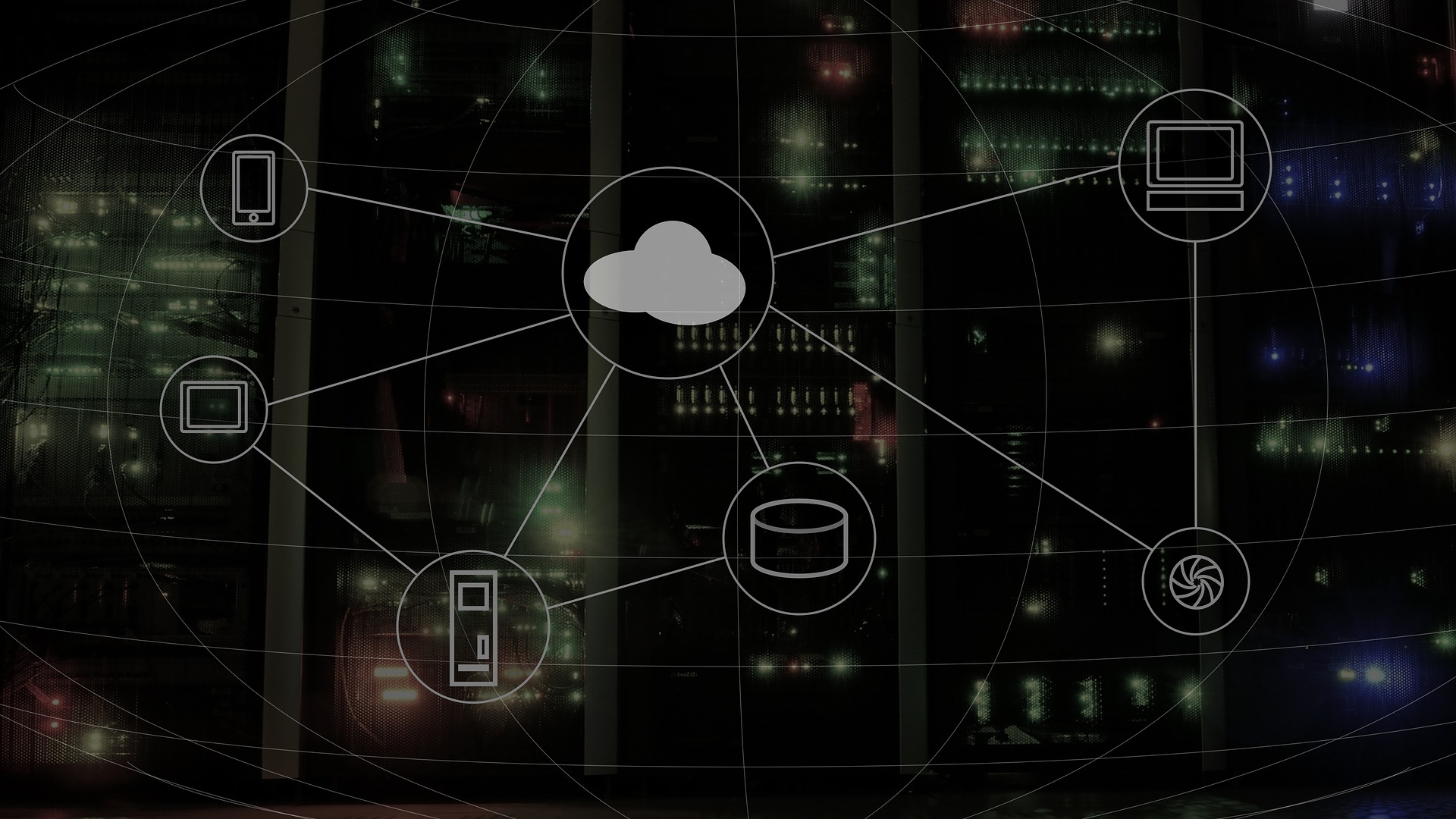Edge computing compensates for the weaknesses of centralized cloud data processing (Image: Pixabay)
We live in an increasingly connected world. Today, an estimated 35 billion end devices are already connected to the Internet of Things, and forecasts predict this number will rise to over 75 billion by 2025. This is accompanied by huge amounts of data, all of which needs to be stored and processed in real time. As a solution, edge computing is being promoted as the long-awaited savior, that will move data processing from data centers directly to consumers.
In order to actually benefit from the potential of 5G technology, today’s infrastructure is not prepared. For the use of efficient and intelligent industrial robots, it is insufficient if the data first has to take a detour via a distant cloud data center. The reaction speed becomes too slow – usually at least 50 milliseconds – the robot cannot react fast enough to spontaneous events.
Edge computing moves the cloud directly to the edge of the network; this is also referred to as decentralized data processing. This enables significantly faster responses with a latency of less than 10 milliseconds. The possibly insufficient broadband expansion at the local level is also no longer an obstacle in the course of this paradigm shift. A further advantage is offered for use by companies, which do not have to forward sensitive data and algorithms to external cloud service providers.
Data processing at the network edge
Although the processing of the data volumes takes place locally, this does not mean that the computing activities have to be carried out directly in the end devices themselves. The edge computing device should simply be positioned as close as possible to the data-generating end devices, in order to guarantee the lowest possible latency. Edge computing therefore does not consist of new network components, but offers a new architecture for IoT applications – made up of rearranged server systems.
The core of the technology is the gateway, which acts as a node between the IoT and the core network. The data is collected there, selected accordingly according to individual specifications and sent to local servers for further processing or storage.
Optimizing the public sector
Fueled by the relentless growth of 5G technology, the adoption of edge computing will increase in parallel. According to Gartner, more than 75% of data processing will be decentralized in the future, the edge computing market is expected to grow at an annual rate of 50% and play a crucial role for industrial robots, autonomous driving, artificial intelligence, the use of drones and many other industries. It’s not all future talk, however. We already have everyday touch points with edge computing through facial recognition in our smartphones, where the algorithm is executed not in the cloud but in the devices themselves.
However, in addition to the advantages of decentralized data processing mentioned above, there are also new problems for users. For example, companies must learn to manage the complex interfaces on their own sites. In addition, there are questionable security risks: Data processing no longer takes place within the well-secured, centralized cloud instances. It is now also up to the companies themselves to ensure the IT security of their own facilities.









Leave A Comment